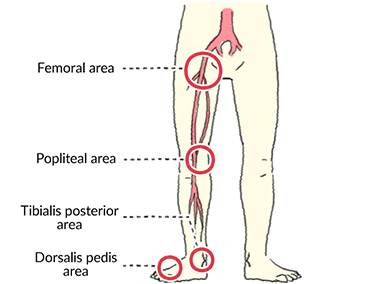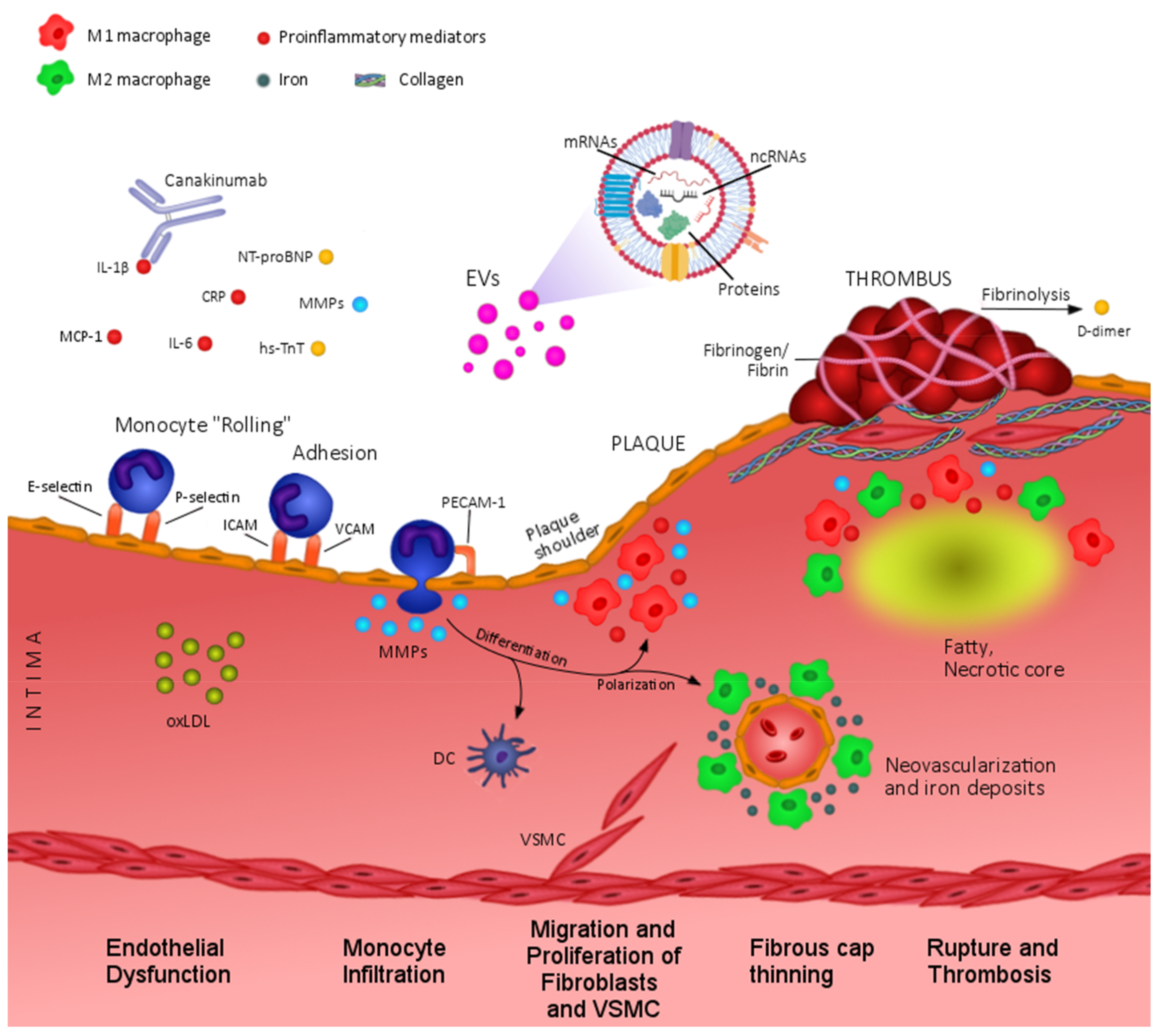Peripheral Arterial Disease PAD is a condition where the arteries become narrowed or blocked occluded by a buildup of plaque of fatty deposits called atherosclerosis. It is primarily caused by the buildup of fatty plaque in the arteries which is called atherosclerosis.
1 Inframalleolar Im Pedal Disease Descriptor In Global Limb Anatomic Download Scientific Diagram
Peripheral vascular disease unspecified.

Peripheral arterial occlusive disease aso. For patients with peripheral arterial occlusive disease PAOD including atherosclerosis obliterans ASO or thromboangiitis obliterans TAO revascularization of the lower extremity arterial tree is the treatment of choice for limb salvage in. Peripheral Arterial Occlusive Disease PAOD Dr. Causes include atherosclerosis inflammatory processes thrombosis and embolism.
Peripheral Arterial Disease PAD Arteriosclerosis Obliterans ASO Aneurysmal Disease Acute Arterial Occlusion Thromboangiitis Obliterans Buergers Disease. Figure 111 Antegrade right femoral diagnostic arteriogram view at knee level of. Evaluation and Management of Peripheral Arterial Disease.
The risk factors of ASO include age male gender smoking hypertension hyperlipidemia diabetes. 4 Most common risk factors for peripheral vascular disease are smoking diabetes mellitus dyslipidemia. These fatty streaks localize in the wall of the blood vessel and harden over time forming ASO.
The disease may be asymptomatic at first then it may progress to intermittent claudication and eventually to severe ischemia in some cases. This can narrow or block your arteries causing a. Procedures performed during acute admission for peripheral arterial disease in US from 1996 to 2005.
Gradual narrowing of an. Atherosclerosis of the arteries of extremities resulting in exercise induced ischemia ulcers and gangrene of in the limbs. Occlusive peripheral arterial disease is blockage or narrowing of an artery in the legs or rarely the arms usually due to atherosclerosis and resulting in decreased blood flow.
Arteriosclerosis obliterans ASO is one of the most common peripheral vascular diseases that causes ischemic symptoms of the lower limbs. This buildup typically occurs gradually. Peripheral artery disease also called peripheral arterial disease is a common circulatory problem in which narrowed arteries reduce blood flow to your limbs.
Peripheral arterial disease PAD is a chronic occlusive disease that limits blood flow of the arterial circulation to the lower extremities caused by atherosclerosis. The narrowing in the artery is usually caused by fatty deposits called plaques that build up inside the walls of your arteries. When you develop peripheral artery disease PAD your legs or arms usually your legs dont receive enough blood flow to keep up with demand.
Mansoor Khan MBBS FCPS-I PGY2 Surgery 2. The vast majority of peripheral arterial disease is caused by arteriosclerosis obliterans ASO a progressive occlusive disease of the arteries. Review the principles methods interpretation and pitfalls of ankle and digital pressure measurements.
The arterial occlusion results in chronic or acute pain usually in the lower limbs due to muscle ischemia. PAD can happen in any blood vessel but it is more common in the legs than the arms. Reprinted from Journal of Vascular Surgery Vol 494.
Peripheral arterial occlusive disease. Symptoms include discomfort numbness intermittent claudication or even gangrene and ulceration. Peripheral arterial disease PAD in the legs or lower extremities is the narrowing or blockage of the vessels that carry blood from the heart to the legs.
PAD is a chronic disease in which plaque builds up in the arteries to the legs. Review the symptoms diagnosis and treatment of chronic arterial occlusive disease with emphasis on proper conduct and interpretation of ankle pressure measurements. Peripheral arterial disease PAD is a chronic occlusive disease mainly occurred in elderly adults.
Also known as PAD peripheral vascular occlusive disease PVOD peripheral arterial occlusive disease PAOD hardening of the arteries peripheral atherosclerosis. Symptoms depend on which artery is blocked and how severe the blockage is. The 2022 edition of ICD-10-CM I739 became effective on October 1 2021.
In a clinicopathological study of pattern of occlusive peripheral vascular disease in India published in Angiology TAO was present in 27 cases Atherosclerosis Obliterans ASO in 60 Thrombo Embolism Obliterans TEO in 13 cases. The gender-related differences of circulating risk factors in diabetic. Arteriosclerosis obliterans ASO mainly occurring from small or medium sized arteries of the lower extremities is one of the most common causes of PAD.
The age-adjusted prevalence of peripheral arterial disease is 12 3. Peripheral arterial disease affects blood vessels called arteries which carry blood from your heart to other parts of your body including your upper and lower extremities. A phase I study of human cord blood-derived mesenchymal stem cell therapy in patients with peripheral arterial occlusive disease.
Risk Factors Coronary artery disease is a condition in which the blood supply to the heart muscle is. This causes a restriction for blood getting to where it needs to go. The disease may be asymptomatic at first then it may progress to intermittent claudication and eventually to severe ischemia in some cases.
Peripheral arterial occlusive disease. Peripheral arterial disease PAD is a chronic occlusive disease that limits blood flow of the arterial circulation to the lower extremities caused by atherosclerosis. Atherosclerosis is the leading cause of occlusive arterial disease of the extremities in patients over 40 years of age with the highest incidence in the sixth and seventh decades of.
ASO is believed to begin by the formation of a fatty streak in the artery called atherosclerosis. Peripheral arterial occlusive disease Concept Id. Occlusive Peripheral Arterial Disease Symptoms.
This phase I study demonstrates that intramuscular hUCB-MSC injection is a safe and well tolerated treatment. Review Raynauds disease and Burgers disease as special cases of. Peripheral Arterial Disease What is Peripheral Arterial Occlusive Disease.
Usually about 70 of the arterys interior has to be blocked before symptoms occur. I739 is a billablespecific ICD-10-CM code that can be used to indicate a diagnosis for reimbursement purposes. C1306889 Disorder caused by the occlusion of the lumen of the peripheral arteries.

Ijms Free Full Text The Role Of Circulating Biomarkers In Peripheral Arterial Disease Html
Tidak ada komentar